Table of Contents
The Liberian flag, also known as the flag of Liberia, bears profound historical and cultural significance for the country, encapsulating the essence of its identity, challenges, and aspirations. In this piece, we delve into the captivating elements of the flag, including its composition, symbolism, and historical context.
The Liberian flag features a field of horizontal stripes—red, white, and blue—symbolizing courage, purity, and loyalty, respectively. In the canton rests a single white star, signifying freedom and the guiding light of Liberia’s future. These elements collectively represent the nation’s journey, its struggles, and its aspirations for a prosperous future.
Liberian Flag: Stars and Sovereignty
- The design of the Liberian flag comprises alternating horizontal stripes of red and white, with a blue field in the upper left corner.
- Emblazoned within the blue field is a lone white star.
- The red and white stripes symbolize the courage and purity of the Liberian people, while the blue represents loyalty and the determination for a better tomorrow.
- The single white star signifies freedom and serves as a beacon of hope for Liberia’s future.
- The flag was officially adopted on July 26, 1847, marking Liberia’s declaration of independence and its emergence as a sovereign nation.
- The symbolism inherent in the flag embodies Liberia’s unwavering commitment to freedom, sovereignty, and unity, echoing the spirit of its struggle for independence and its enduring dedication to its core values.
Flag of Liberia
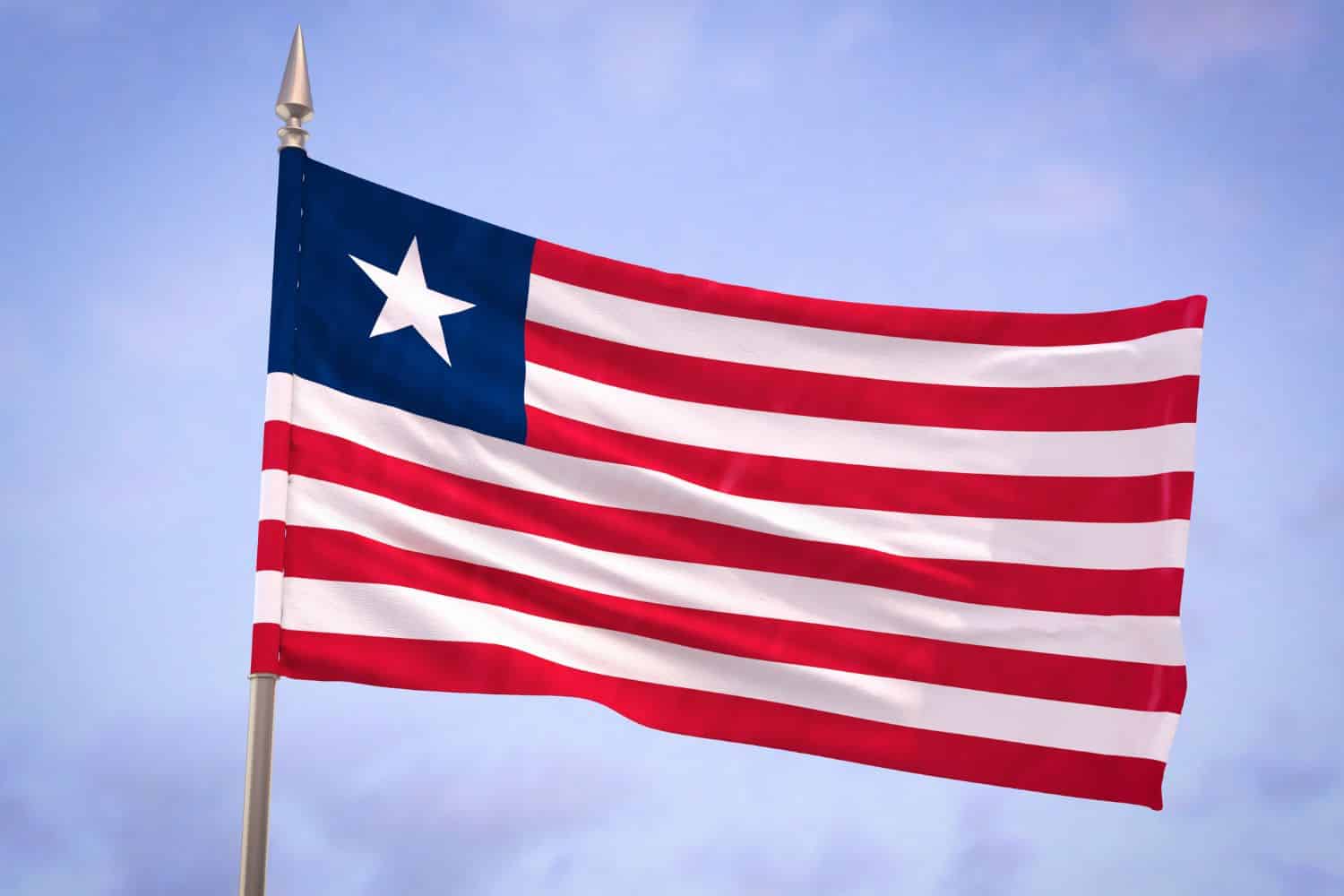
The flag of Liberia is a significant emblem, embodying the nation’s rich cultural heritage and resilience. Its design features a vibrant backdrop of red and white horizontal stripes, with a blue square containing a white star in the upper left corner. The red and white stripes symbolize courage and purity, reflecting the aspirations of the Liberian people towards prosperity and unity. The blue square represents loyalty and justice, while the white star signifies freedom and dignity, encapsulating the nation’s journey towards independence.
The history of the Liberian flag is deeply intertwined with the country’s struggle for freedom and sovereignty. Officially adopted on July 26, 1847, the flag stands as a proud symbol of Liberia’s unity and resilience.
National Flag Etiquette and Protocol
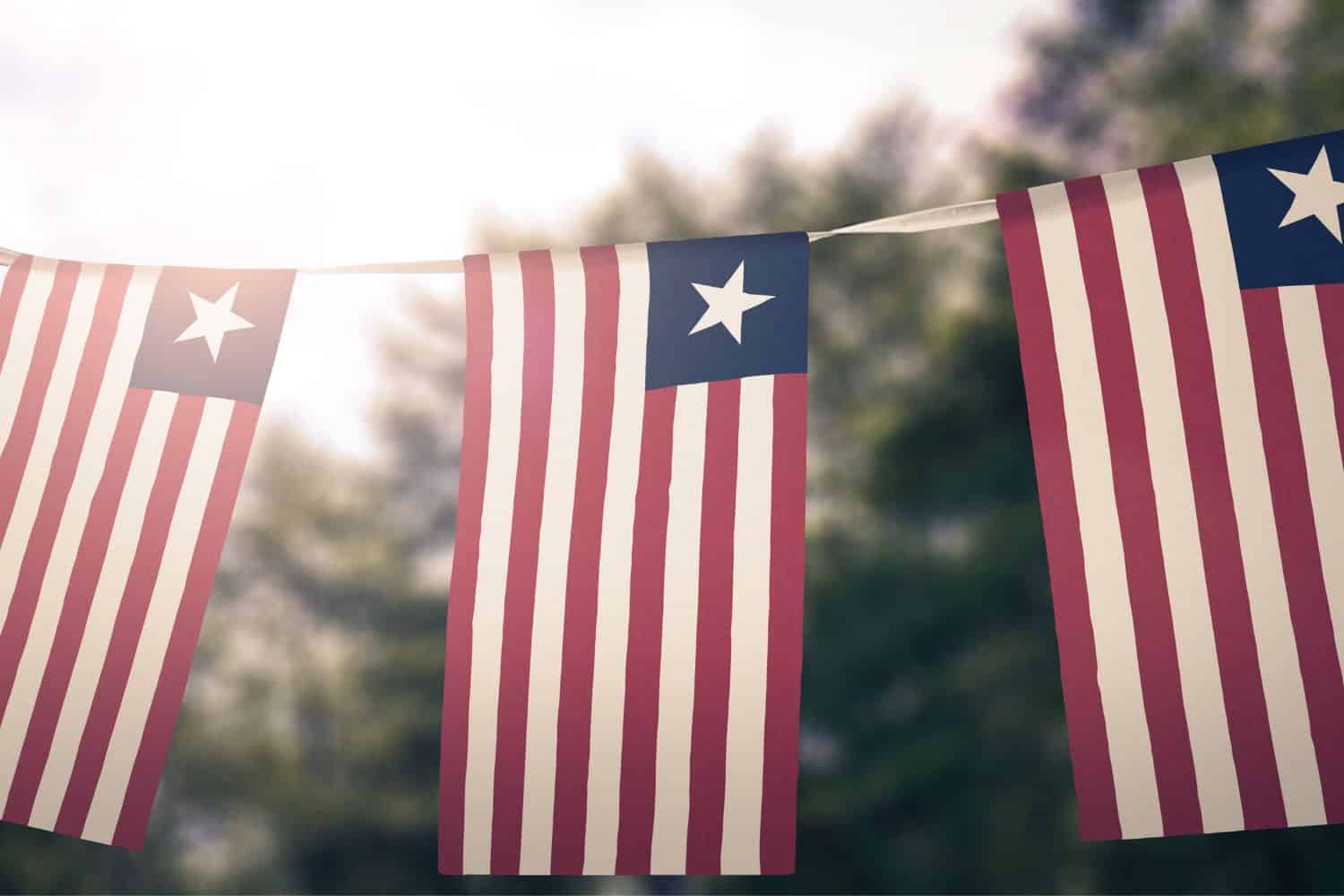
Maintaining the proper use and display of the Liberian flag is of utmost importance. Understanding the etiquette involved in handling the flag, especially during national ceremonies and events, is essential. It is crucial to be aware of the rules that govern the handling, hoisting, and lowering of the flag. Additionally, one must know the correct procedures for retiring or managing damaged flags to ensure they are treated with the respect they deserve.
- Proper Handling: It is essential to handle the Liberian flag with care and reverence, ensuring it does not touch the ground or the floor. It must always be held upright and never dragged along any surface.
- Hoisting and Lowering: The flag should be hoisted briskly and lowered ceremoniously. Generally, it should be hoisted at sunrise and lowered at sunset, although adjustments can be made based on specific guidelines or the occasion at hand.
- Displaying the Flag: When displaying the flag, the red and white stripes should be positioned horizontally with the blue field and white star positioned centrally. It is important to allow it to fly freely, without being entangled or obstructed in any way.
- Half-Staff: On certain days of remembrance or during national tragedies or the passing of important figures, the flag should be flown at half-staff as a sign of mourning or respect, following directives from relevant authorities.
- Flag Retirement: When the Liberian flag becomes damaged or worn out, it should be retired gracefully and respectfully. This may involve burning it in a solemn and respectful ceremony, following proper guidelines and local regulations.
- Flag Size and Placement: The size of the flag displayed should be in proportion to the flagpole or the display area. It is advisable to adhere to the advice of local authorities or guidelines for specific details on flag size and placement.
- Respectful Disposal: In instances where burning is not feasible for flag retirement, the flag should be disposed of respectfully, either by burying it or giving it to authorized organizations that specialize in flag disposal.
Interesting Facts and Trivia
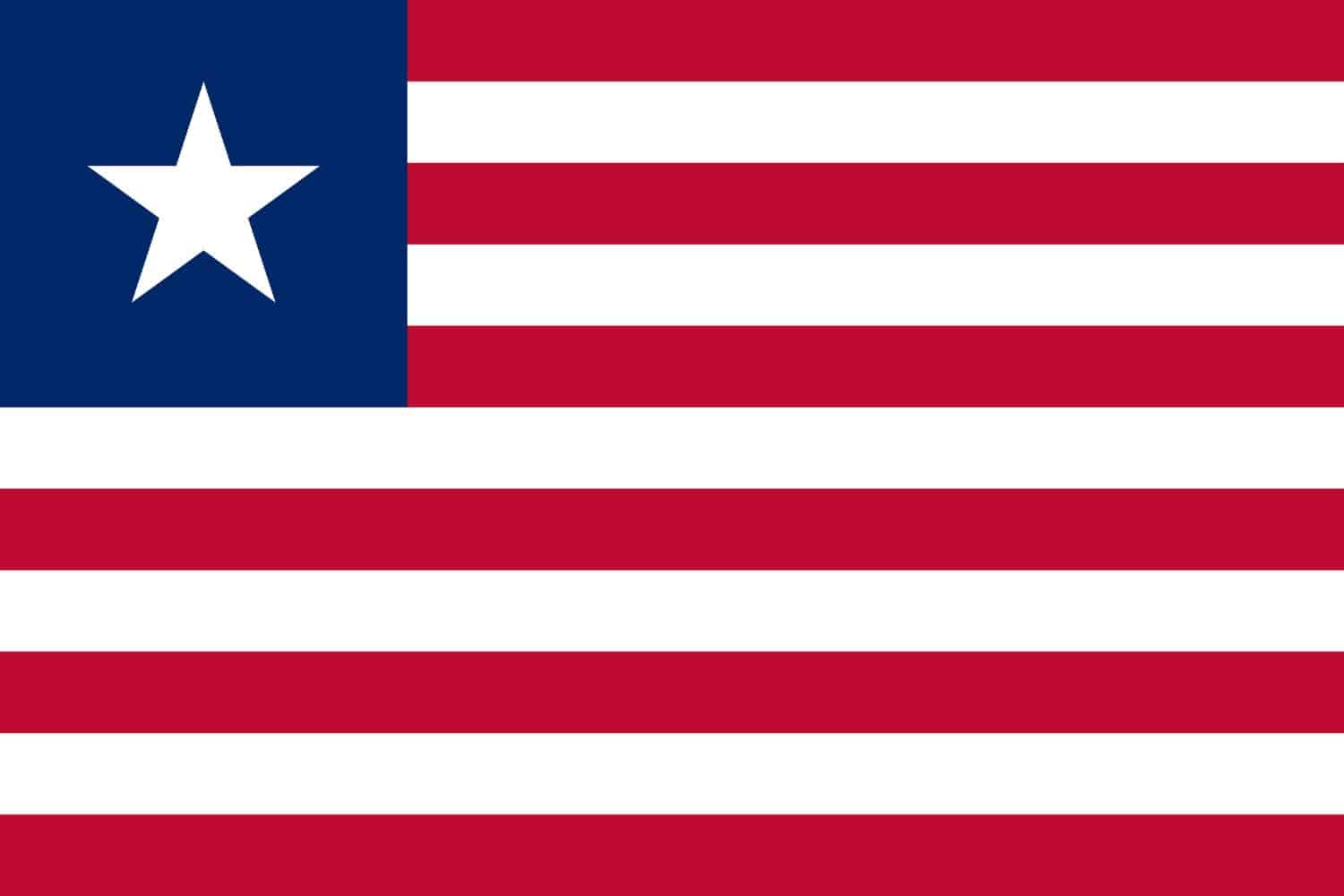
Embark on a journey of fascinating facts and lesser-known trivia about the Liberian flag. Discover unique features within the flag’s design that hold hidden symbolism. Uncover stories of famous incidents or events involving the flag that have left an indelible mark on the nation’s history and identity.
Rich Tapestry of History
- 1847: The current flag of Liberia is adopted on July 26, encapsulating the unity and aspirations of the Liberian people.
- Colors and Symbolism: The blue color represents loyalty, justice, and the coastal region of Liberia, while the white color seen in the star symbolizes purity and integrity.
- Star: The lone star at the center of the flag symbolizes freedom and the African nation’s determination to be free from colonial rule, reflecting Liberia’s status as the first independent republic in Africa.
- National Identity: The flag embodies Liberia’s rich history, cultural heritage, and the nation’s ongoing pursuit of unity, prosperity, and democracy.
These historical facts highlight significant moments in the history of the Liberian flag, showcasing its role in shaping Liberia’s national identity and symbolizing its struggles and aspirations throughout the years.
Flag-Related Symbols and Emblems
A flag alone does not solely represent a nation’s identity. Investigate additional national symbols and emblems closely tied to Liberia, comprehending their significance and how they intertwine with the flag. Delve into their historical and cultural origins, further enhancing your understanding of Liberia’s heritage. Embarking on a tour of Liberia enables you to explore the nation’s prime destinations.
Symbolisms of the Liberian Flag
The flag of Liberia encompasses several symbolic elements that epitomize the nation’s history, values, and ambitions. Presented below are the symbolisms of the Liberian flag in itemized form:
- Green Color: Symbolizes the verdant landscape and natural richness of Liberia, along with its fertile soil and agricultural legacy.
- White Star: This element pays homage to Liberia’s historical ties with the United States and signifies the nation’s commitment to freedom and liberty. The star also represents unity among Liberia’s diverse populace and symbolizes the guiding light of progress.
- Flag’s Design: Mirrors Liberia’s aspirations, cultural background, and solidarity among its multifaceted society.
- National Identity: The flag acts as a potent symbol that unites the Liberian people, reinforcing their collective heritage and cultural unity.
- National Aspirations: Through its composition and components, the flag embodies Liberia’s aspirations and principles, encompassing freedom, unity, progress, and tradition.
These symbolisms entrenched in the flag contribute to Liberia’s collective sense of identity and dignity, mirroring its historical evolution and cultural prominence.
Flags of Similar Countries or Regions
Exploring the flags of countries or regions neighboring Liberia can offer fascinating insights. Delve into a thorough examination of these flags, pinpointing the resemblances and differences in their designs, colors, or symbolism. Uncover the historical and cultural ties between these flags, highlighting shared influences or unique identities.
Liberian Flag vs Sierra Leonean Flag
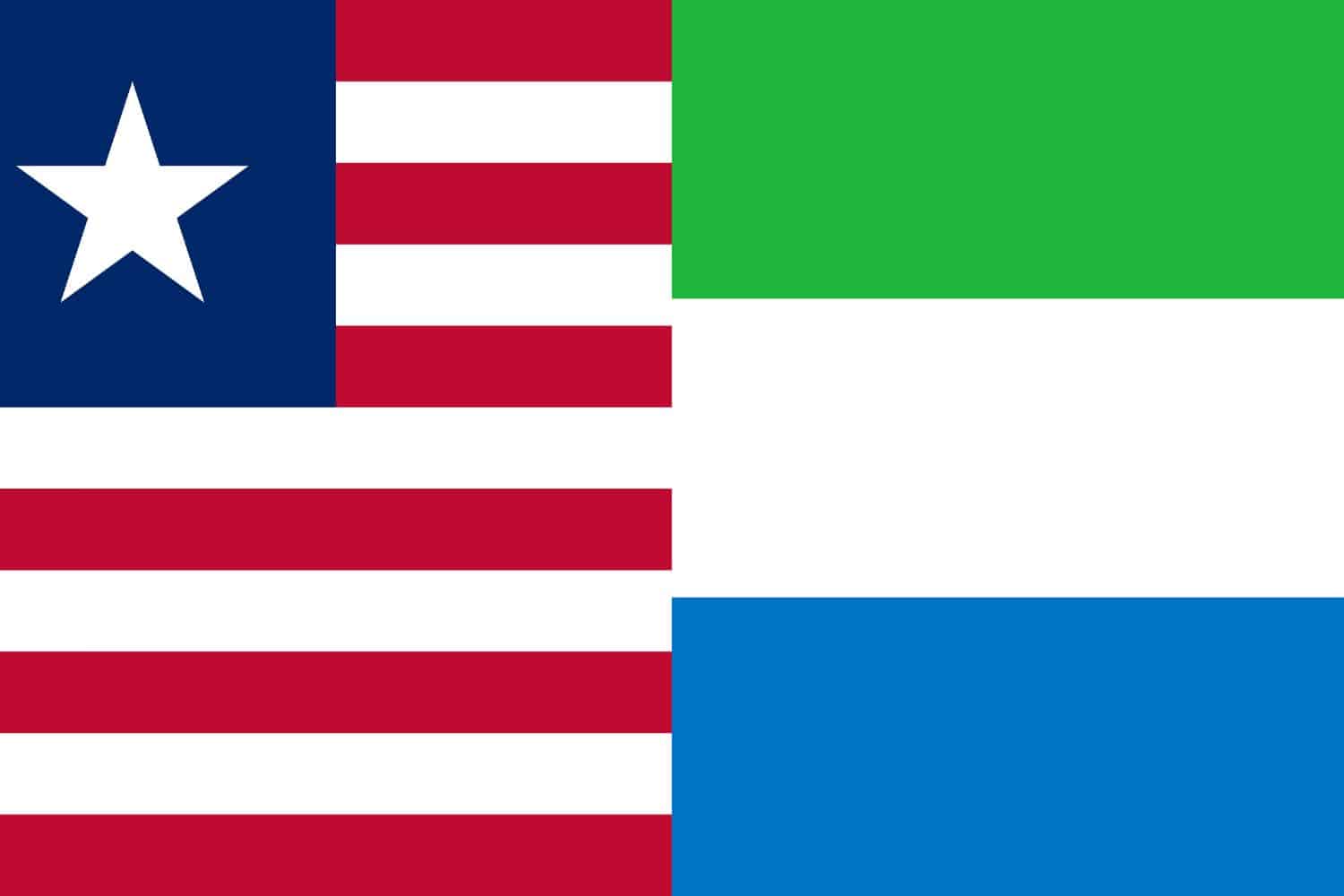
Similarity: Both flags prominently feature the color green.
Difference: The Sierra Leonean flag includes a blue canton in the upper left corner with a single white star.
Liberian Flag vs Ivorian Flag

Similarity: Both flags utilize the color green prominently.
Difference: The Ivorian flag consists of three equal vertical stripes of orange, white, and green.
Liberian Flag vs Guinean Flag
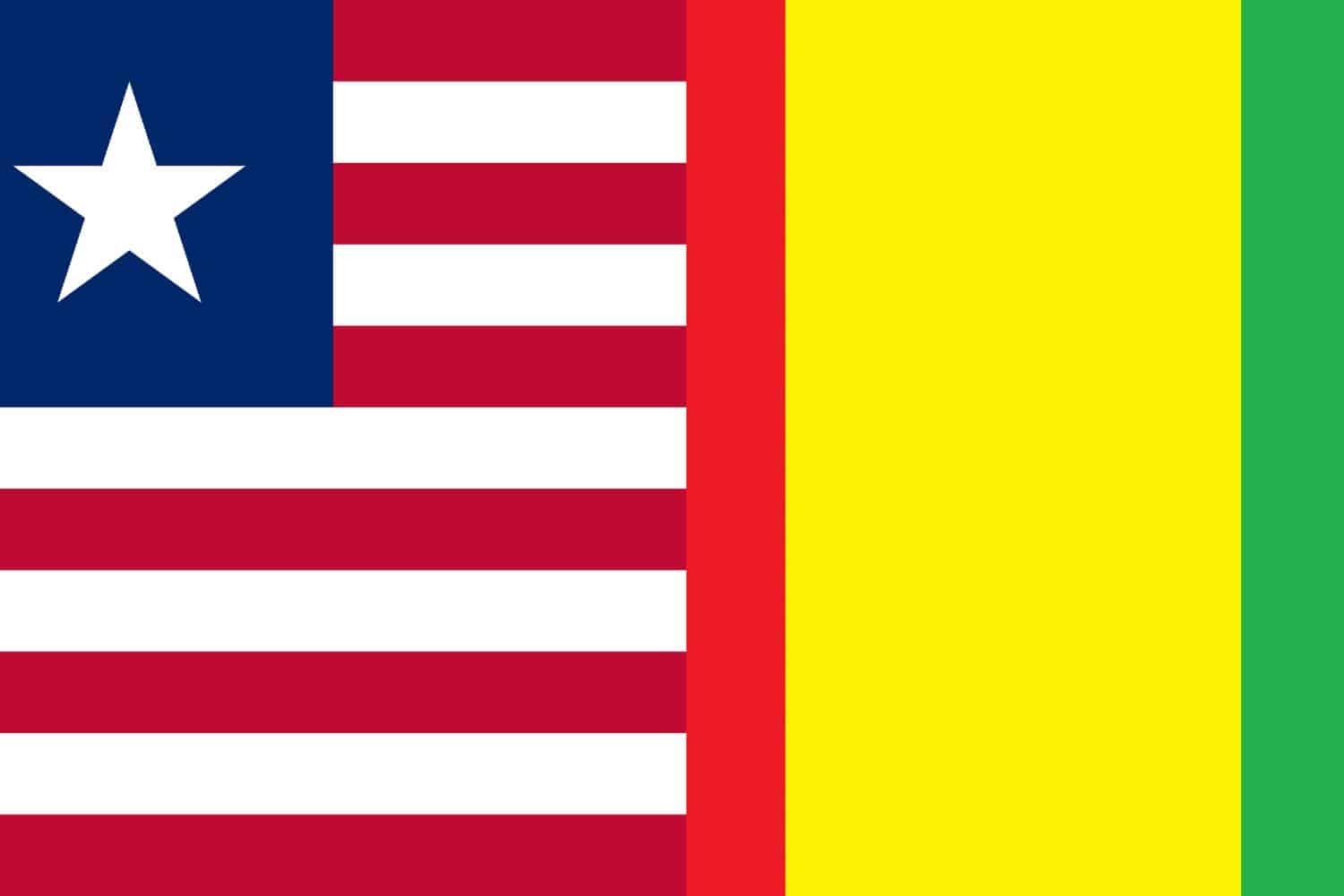
Similarity: Both flags incorporate red and yellow in their design.
Difference: The Guinean flag features a vertical tricolor of red, yellow, and green with a yellow silhouette of a star and a yellow stripe along the hoist.
Liberian Flag vs Ghanaian Flag
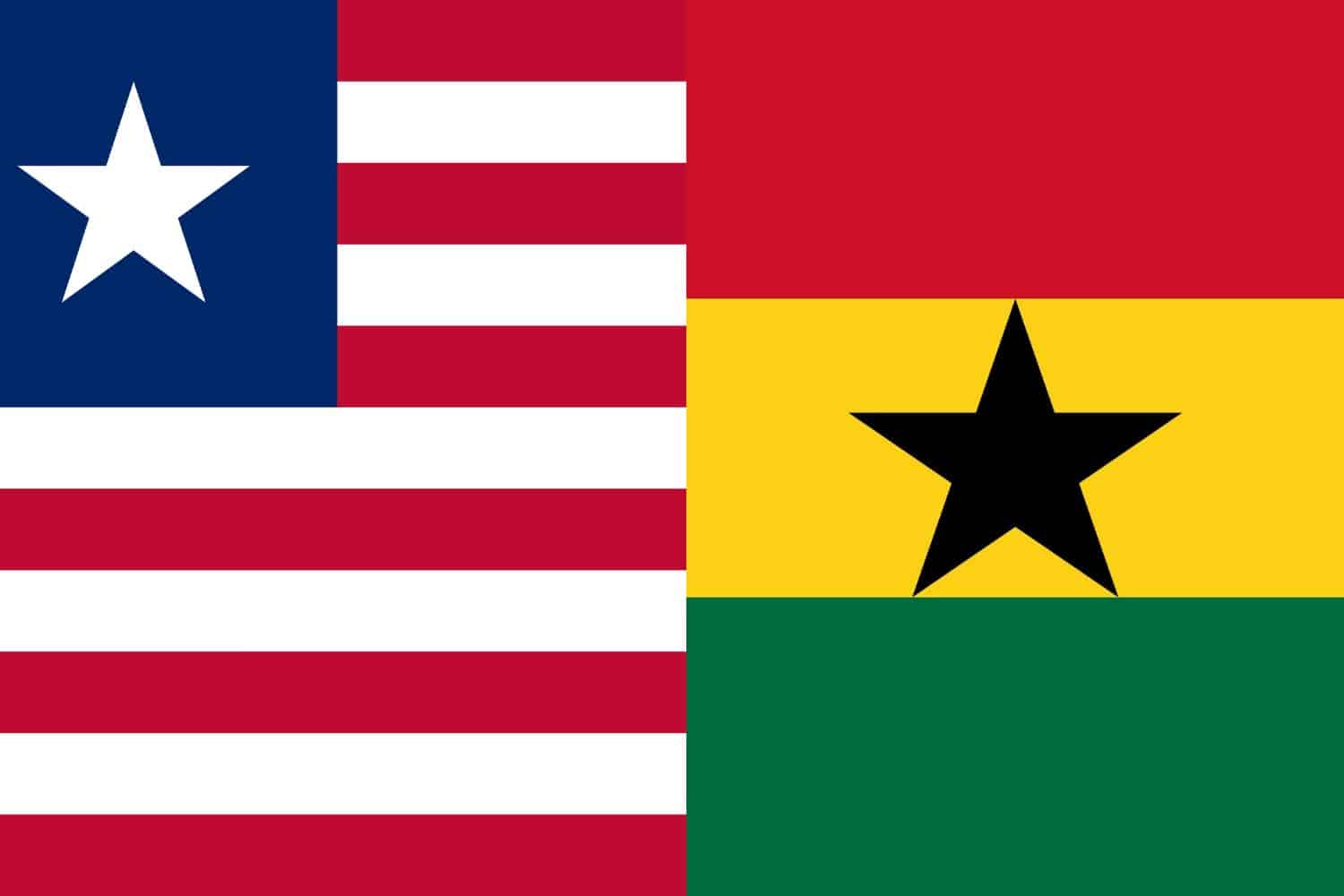
Similarity: Both flags incorporate red, yellow, and green in their design.
Difference: The Ghanaian flag features a black star in the center of a green field, with horizontal stripes of red and yellow above and below.
Frequently Asked Questions (FAQs)
Explore answers to common questions related to the Liberia flag picture. From its historical origins to the symbolism behind its elements, find succinct and informative responses that address inquiries commonly posed by those intrigued by Liberia’s flag.
What do the colors on the Liberian flag represent?
The colors on the Liberian flag hold significant symbolism. The red symbolizes courage and the willingness to defend the nation, while white represents purity and moral excellence. The blue stands for fidelity and justice.
Why does the Liberian flag have only one star?
The lone white star on the Liberian flag represents the freedom of the African nation. It signifies Liberia’s status as the first independent republic in Africa, established in 1847.
What is the significance of the blue field on the Liberian flag?
The blue field on the Liberian flag represents the African continent’s position above the Pacific Ocean, highlighting Liberia’s geographic location as a coastal nation in West Africa.
Has the design of the Liberian flag changed over time?
Yes, the design of the Liberian flag has undergone several changes since its adoption in 1847. However, the basic elements of the flag, including the colors and the single white star, have remained consistent.
Is there any historical significance behind the creation of the Liberian flag?
The creation of the Liberian flag was deeply influenced by the country’s history as a colony founded by freed American slaves. The flag’s design reflects both the aspirations for freedom and the connection to the United States.
What is the size ratio of the stripes on the Liberian flag?
The stripes on the Liberian flag have a ratio of 1:1:1, meaning they are of equal width. This balanced design contributes to the flag’s visual appeal and symmetry.
Are there any specific protocols for displaying the Liberian flag?
Yes, there are protocols for displaying the Liberian flag, including guidelines for its positioning, handling, and usage during official ceremonies and events. These protocols are outlined in Liberian flag laws and regulations.
Does the Liberian flag have any religious significance?
While the Liberian flag is primarily secular in its symbolism, some interpretations associate the colors with religious themes. For example, red may symbolize sacrifice, white may represent purity, and blue may signify divine protection.
